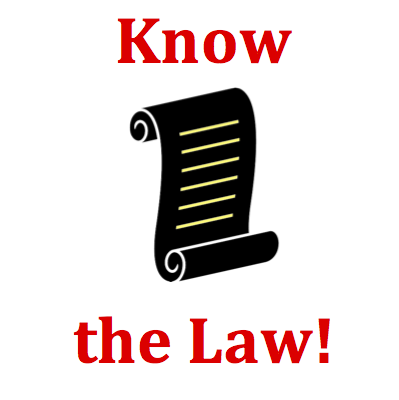Getting your Trinity Audio player ready...
Hold down the T key for 3 seconds to activate the audio accessibility mode, at which point you can click the K key to pause and resume audio. Useful for the Check Your Understanding and See Answers.
Mission SM7 Mathematics of String Instruments - Question Group 1 Help

Determine the fundamental frequency (in Hertz) and associated wavelength (in centimeters) of a 82.1-centimeter long guitar string through which vibrations travel at 448 m/s.
(Note: Your numbers are selected at random and likely different from the numbers listed here.)
(Note: Your numbers are selected at random and likely different from the numbers listed here.)

Length-Wavelength Relationship:
Each harmonic frequency is associated with a standing wave pattern. The standing wave pattern shows a unique relationship between the wavelength of the waves that create the pattern and a length measured along the medium between two points on the pattern. Every nodal position on the pattern is separated from the next adjacent nodal position by one-half of a wavelength. Similarly, every antinodal position on the pattern is separated from the next adjacent antinodal position by one-half of a wavelength.
Each harmonic frequency is associated with a standing wave pattern. The standing wave pattern shows a unique relationship between the wavelength of the waves that create the pattern and a length measured along the medium between two points on the pattern. Every nodal position on the pattern is separated from the next adjacent nodal position by one-half of a wavelength. Similarly, every antinodal position on the pattern is separated from the next adjacent antinodal position by one-half of a wavelength.

The length of the guitar string is stated in units of centimeters. The speed of vibrations is stated in units of meters per second. At sometime during the solution of this problem, you will have to convert the centimeters to meters in order to determine the frequency in units of Hertz (Hz). Always be units-conscious.

Often times the development of an effective strategy is the most difficult part of a physics question. The strategy below should prove useful.
- Draw the standing wave pattern for the fundamental frequency or first harmonic. If necessary, use your class notes, textbook or one of the links in the Hot Link section.
- Use the pattern and the principle expressed in the Know the Law section to determine the wavelength. Enter the answer for wavelength in units of centimeters.
- Convert the units on wavelength to meters.
- Calculate the frequency of the wave using the wave equation provided in the Formula Frenzy section.

The speed (v) of a wave is mathematically related to the wavelength (λ) and the frequency (f) of the wave. The relationship is expressed by the formula
v = f • λ
